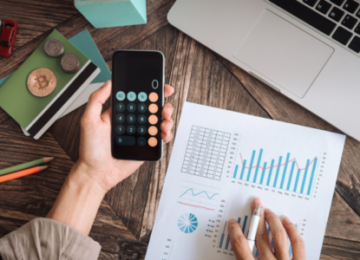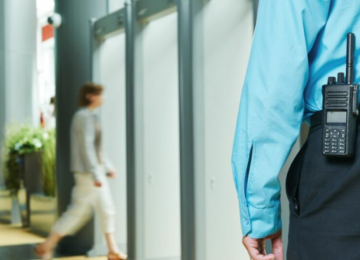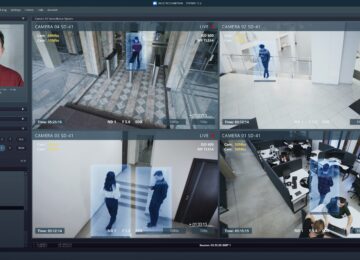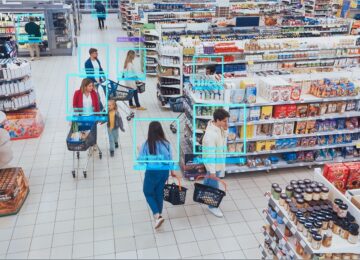Video surveillance analytics software: Features, benefits, and real-world use cases
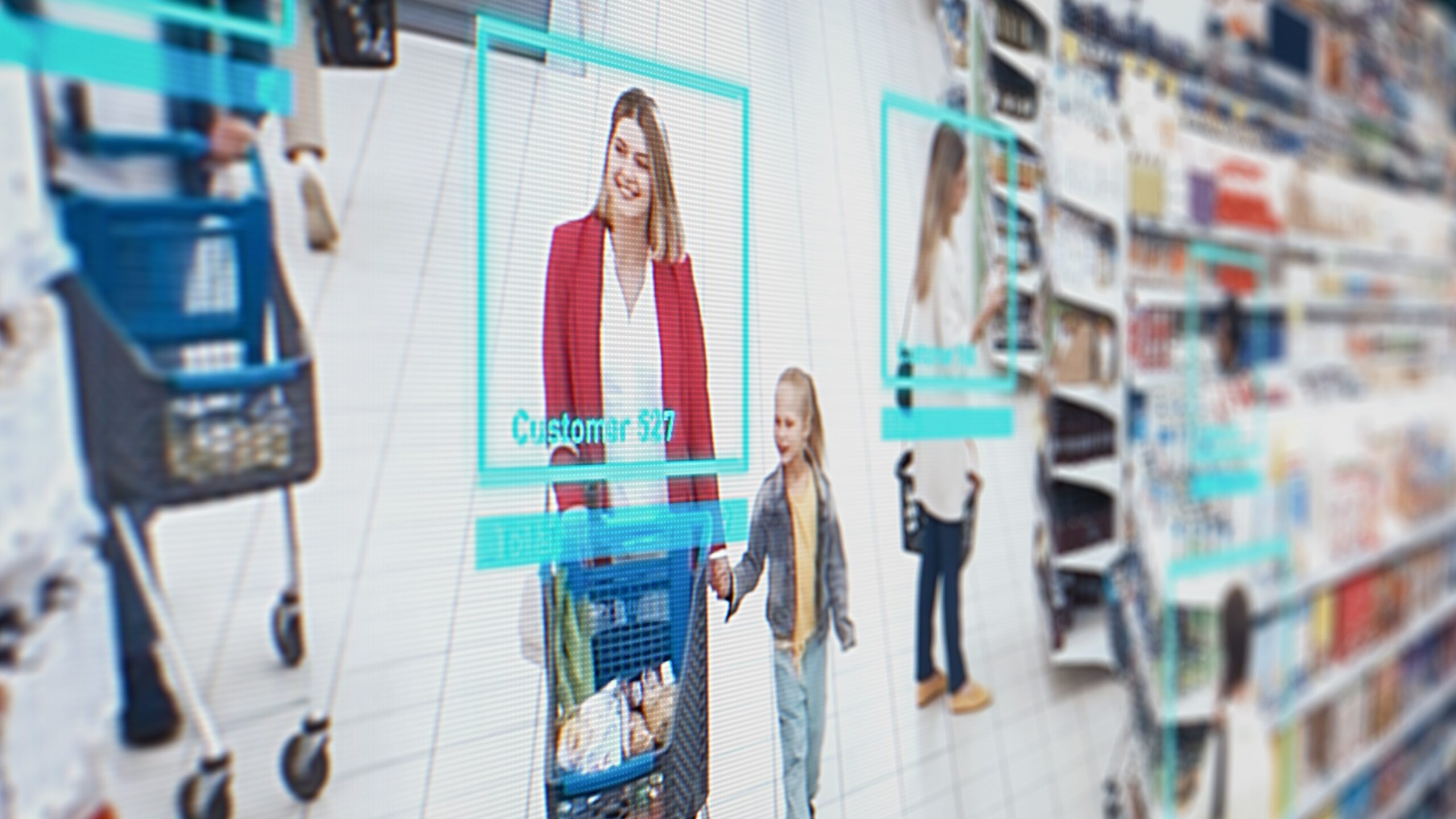
Retailers don’t need more screens. They need clearer signals at the right moment. Video surveillance analytics software takes everyday video footage from your existing security cameras and turns it into timely prompts your team can use.
Instead of scrubbing recorded video content after a loss, staff receive short clips tied to live video feeds, which means they can observe, document, or step in while there is still time to make a difference.
In simple terms, video analytics is software that performs real-time video analysis on your video stream. It uses computer vision to spot shoplifting gestures and risky patterns, then shares only the information that matters.
Compared with traditional systems that rely on manual monitoring, modern video analytics solutions emphasize intelligent video analysis, fewer false alarms, and faster handoffs. The point is not more data. It is earlier, clearer signals that help people do their jobs with less stress.
Key features of AI-powered video analytics for retail
Modern tools should help people, not replace them. This section highlights store-level features that cut noise, reduce manual monitoring, and make responses consistent across locations.
Real-time alerts with video snippets
Busy stores cannot watch every video stream. Systems that deliver real-time video analytics send short clips the moment a risky gesture appears, which lets teams decide quickly whether to observe, approach, or document. With alert clips tied to specific video feeds, teams spend less time digging through recorded video content and more time serving customers.
Context-rich alerts also provide valuable insights into patterns like concealment or shelf sweeping. See how Schiphol Airport’s retailers used real-time alerting to recover more than €163,000 (about $172,000) in six months in this report from Global Travel Retail Magazine on its AI rollout, which describes gesture-based alerts tuned for airport retail environments.
Customizable gesture detection
Every store layout is different. Strong detection capabilities let you tune sensitivity per aisle or camera so false alarms stay low and the right people see the right events. Pair that with rules that reflect store policy, and your team can handle alerts confidently.
For a primer you can share across teams, Veesion’s video surveillance guide explains how computer vision and object detection relate to cameras and recorders.
Multi-store dashboards
Regional operators need a roll-up view. A unified dashboard organizes alerts and outcomes per site, which helps managers spot outliers and coach consistently. When paired with your video management systems, dashboards reduce swivel-chair work and improve operational efficiency across all security systems.
Mobile and web access
Frontline teams need fast context on the floor. Mobile and browser apps make it simple to review alerts, tag outcomes, and coordinate without leaving the aisle. Unlimited access for the people who need it also removes bottlenecks and helps you standardize responses across locations.
Privacy-safe design
Retailers want results without invasive tech. Leading video analytics solutions analyze movements and gestures, not identities. That means no facial recognition and no biometric templates. For a practical overview on protecting shoppers while strengthening security, see this guide to in-store cameras and customer privacy.
How AI video analytics improves on traditional surveillance systems
Traditional setups record and store video content, then ask someone to find incidents after the fact. That approach creates blind spots during peak hours and eats up time in back-office reviews. Tools powered by artificial intelligence watch for suspicious gestures in the moment and send alerts to people who can act.
This shift matters because incidents and dollar losses have climbed since 2019, which pushes teams to act faster and standardize their response. The National Retail Federation’s latest report details a 93% increase in annual shoplifting incidents and a 90% increase in dollar losses since 2019, underscoring why proactive systems matter.
How retailers use intelligent video to prevent theft
Use cases vary by format and staffing, but the goal is the same: earlier signals and calmer decisions. These examples show how intelligent video analysis plays out in the real world.
French multinational pilot with rapid ROI
A large French retailer reported more than €3,200 recovered in the first three weeks of a pilot. The case demonstrates how focused alerts enable small security teams to cover more ground without increasing personnel or removing security cameras.
Single-store convenience example
In the UK, a convenience operator documented roughly £3,000 in annual savings after deploying gesture-based alerts and standardizing how staff respond. That is about $3,800.
Practical takeaway: Short clips reduce debate and help staff act with confidence.
How AI video analytics works with your existing cameras
Most retailers do not need to replace hardware. Leading video analytics technology seamlessly integrates with your existing systems and starts analyzing video data within days, often remotely. A compact server or cloud gateway ingests video feeds, analyzes them with advanced video analytics, and delivers real-time clips to the right people.
For a straightforward breakdown of components, this video surveillance installation guide walks through cameras, recorders, and storage, then shows how software sits on top of your video surveillance system.
Low lift, fast ramp:
- Plug-and-play server: A small box near your recorder connects via Ethernet. Teams confirm streams and set alert rules.
- Remote support: Many retailers onboard without lengthy onsite work, which keeps disruption low.
- Keep other tools: Analytics layers on top of EAS, guards, and POS exception reports. See how integration of AI video surveillance with other security technologies creates a coordinated response.
Keep what works, add AI where it counts, and move from reactive security to coordinated prevention—faster response, fewer false alarms, and ROI you can prove.
Why intelligent video analytics is a smarter, simpler way to reduce losses
The best programs strengthen people. They reduce screen time, minimize distractions, and make it easier to respond consistently in similar situations. External research encourages a data-informed, store-by-store approach, which aligns with what retailers see when they add analytics to existing security systems.
For perspective, McKinsey outlines how coordinated, data-driven programs deliver meaningful impact in The Art and Science of Reducing Retail Shrink, and ECR Retail Loss surveys show how retailers are expanding their use of video analytics systems across the estate in The Utilisation of Video Analytics.
What teams notice most:
- Earlier signals: Early detection gives managers time to observe, document, or de-escalate.
- Consistent playbook: Clear alerts reduce manual monitoring and help staff respond the same way across stores.
- Better use of cameras: Existing security cameras become smarter with video analysis and motion detection.
- Cross-site visibility: A unified dashboard ties store events to outcomes, enabling leaders to spot trends and provide coaching.
- Useful context: Clips and tags provide valuable insights for training and auditing.
To keep the bigger picture in view, the Retail Industry Leaders Association tracks policy and public-private efforts that support store teams. Their ORC resource center serves as a helpful touchpoint for LP leaders coordinating across markets, offering RILA resources on organized retail crime.
Make awareness your advantage
Shrink drains margin and attention. It also wears down teams already stretched thin. Real-time video analytics changes that.
By analyzing live video feeds from the video surveillance system you already run, your staff get short, useful alerts instead of an overflow of video content. The shift is simple. Less guessing. More consistent action. Better documentation when you need it.
When retailers add advanced video analytics on top of existing video management systems, they standardize what good looks like across locations. A unified dashboard makes it easier to compare outcomes and coach.
Over time, those clips and outcomes provide valuable insights you can use for training, staffing, and layout decisions. That is how operational efficiency improves without a heavy lift.
Ready to see it on your cameras? Book a demo.
Les plus populaires
Nouvelles liées
Découvrez ce que Veesion peut faire pour vous
Vous avez un ou plusieurs magasins ? Notre équipe revient vers vous dans les 48h.
